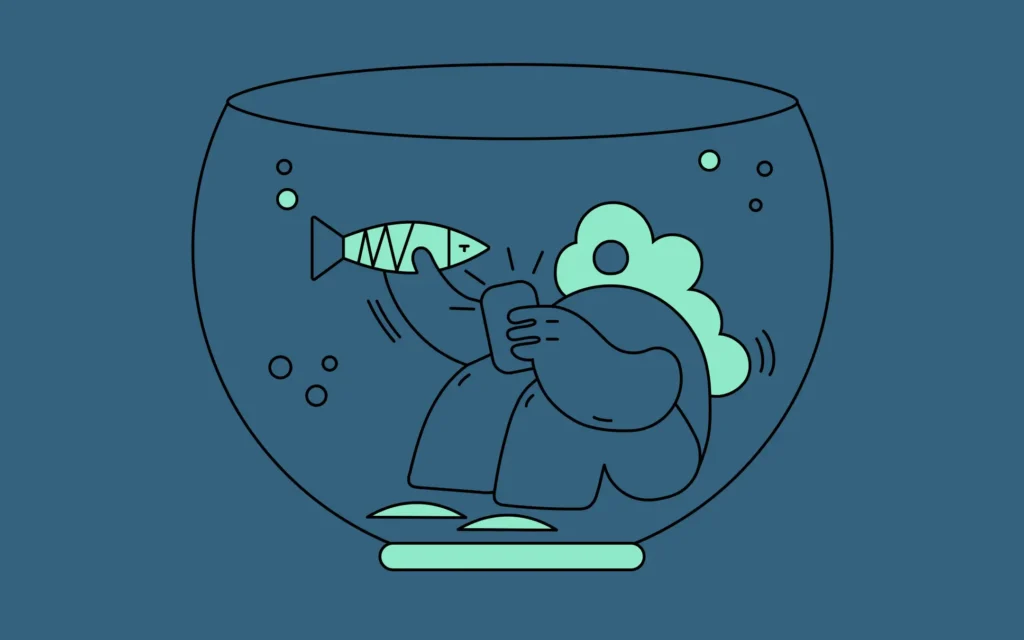The Case for Supreme Honesty as a Precursor to Killer Brand Strategy
The Case for Supreme Honesty as a Precursor to Killer Brand Strategy

Honesty should be a brand’s biggest advantage. So why do most companies avoid it?
In a business world obsessed with perfect messaging, polished narratives, and airtight PR strategies, radical honesty feels like a risk. It makes legal teams sweat. It makes executives hesitate. But in reality, it’s one of the strongest differentiators a brand can have.
Honesty Isn’t Just Ethical—It’s a Competitive Edge
Most brands talk about transparency, but few actually embrace it. Instead, they play it safe, saying what customers want to hear rather than what they need to know. But here’s the problem: in today’s market, sameness is the enemy. Customers are drowning in polished corporate speak. They’re skeptical. They crave brands that feel real, human, and bold enough to tell the truth.
Radical honesty isn’t just about ethics—it’s a strategy. When done right, it creates differentiation, builds deep trust, and sets a brand apart in a way that competitors can’t easily replicate. In a world where every company sounds the same, honesty is one of the last true brand moats.
How Radical Honesty Becomes a Brand Superpower
1. Say What No One Else Will Patagonia doesn’t just acknowledge the environmental impact of its industry—it puts that message front and center. By being upfront about its limitations and continuously improving, Patagonia earns trust, loyalty, and cultural relevance. The result? A brand that commands attention and dominates the outdoor apparel market.
2. Show Your Inner Workings Buffer, a social media management platform, took transparency to an extreme. They made their salaries public, shared revenue openly, and detailed internal decision-making. This level of openness wasn’t just a PR stunt—it was a strategic move that built a loyal, engaged community. Customers trusted Buffer not just as a product, but as a brand that aligned with their values.
3. Own Your Mistakes—Loudly The brands that win in the long run aren’t the ones that never mess up; they’re the ones that own their missteps with honesty and action. When Airbnb faced backlash over racial discrimination on its platform, it didn’t issue a vague apology—it commissioned an external audit, made the results public, and took real steps to fix the issue. That level of accountability is rare, and it set Airbnb apart as a brand willing to do the hard work of change.
The Real Question: Why Does Your Brand Exist?
If there’s only one question you answer on this list, make it this one. Ignore pricing. Ignore product features. Ignore the logo.
Why does your brand matter?
Why should people care? Why do your employees show up every day? What does a world without your brand look like? Why is your success not just important—but necessary?
Your ‘Why’ is the ultimate differentiator. There will always be copycats, undercutters, and fast followers. But when a brand relentlessly pursues its purpose—when it stands for something real—everything else falls into place.
How to Start Using Radical Honesty Now
1. Find the Hard Truths – Identify the uncomfortable truths in your industry or company that no one talks about. These are your differentiation opportunities.
2. Make Transparency a Core Value – It’s not just about a one-time campaign. Weave honesty into your product, your messaging, and your internal culture.
3. Be Bold, but Be Smart – Radical honesty doesn’t mean saying everything, all the time. It means sharing what matters most—strategically, thoughtfully, and in a way that builds trust.
Brands that embrace radical honesty don’t just earn trust—they earn attention, loyalty, and market dominance. The question isn’t whether honesty is risky. The real risk is blending in with everyone else.
Emotive Brand is a brand strategy and design agency in Oakland, California.






